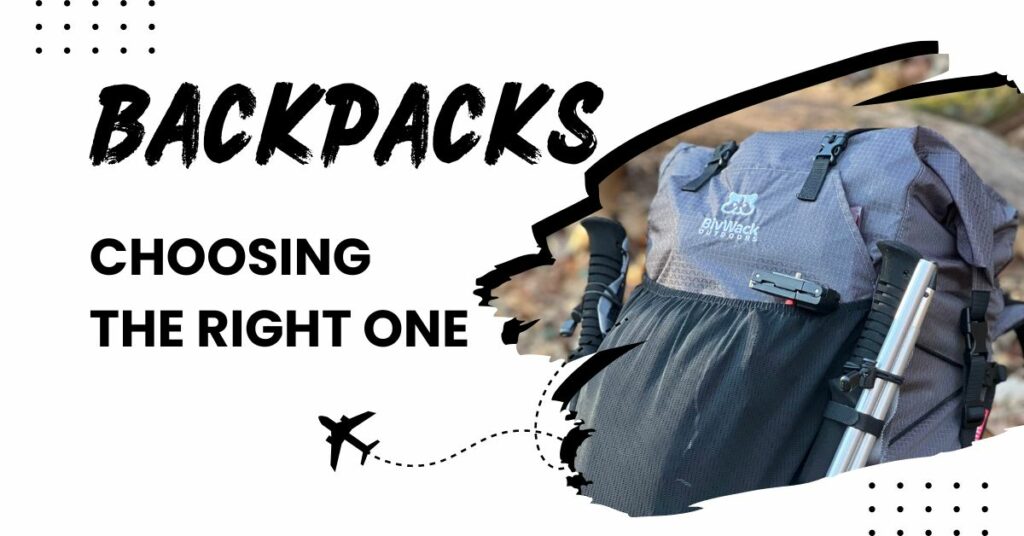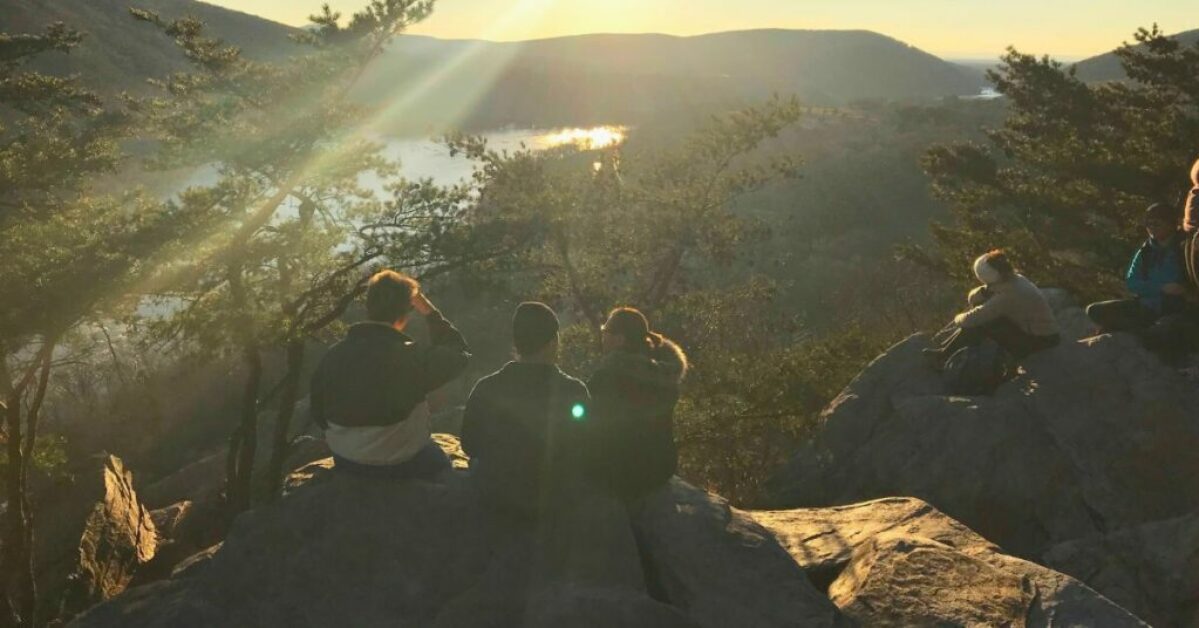DayPack or Backpack. Choosing the Right One.
Are you getting ready for an all-day hiking trip? Perhaps you’d like to go camping out in the wilderness for a couple of nights. Or are you going all out and taking on the Application trail? Whatever adventure you plan, having the right backpack is crucial. Starting out, standing in front of a giant wall of hiking backpacks in all different shapes and sizes can be intimidating. You need a little help on which one will work best for you. In order to help you choose the right pack for your needs, read this article to help give you a little jumpstart before heading out to your local sports store and commit.
Backpack Volume Guide.
The difference between a daypack and a backpack is basically the size and the fact that daypacks do not have internal frames built in. Sizing with backpacks goes by liters. The whole thing can be confusing. Here is a little run-through of how they work.
20-30 liters- Day hikes
30-40 liters- Two to three nights
40-50 liters- On the trails on week
50-60 liters- Thru-hiker style
The daypack.
The daypacks are for those of you that want to go on a short afternoon hike or if you are doing a little urban hiking or a trip to the beach for the day. The 20-30 liter packs are the ones you will need for these kinds of trips. The pack is perfect for packing the usual daytime essentials. Sun protection, water and snacks, chapstick, extra shirt or rain jacket, flashlight, first-aid kit, you get the idea.
A couple of nights on the trail.
Let’s say you are doing about two overnighters on this hiking trip. You are going to want the 30-40 liter packs. With a pack this size, you will be able to fit your sleeping equipment, such as your sleeping bag and foldable sleeping pad. If you bring a pillow or extra blanket, these things might have to be tied to the outside. These packs usually have extra pockets on the outside and hip belts. Perfect for your snacks, sun protection, or a multi-tool.
Going all the way.
Going for a week or longer? You will need 40-50 or 50-60 liters. This will give you room for your sleeping gear, cookware, rain gear, food and water, safety supplies, a bear canister, a stuff sack, clothes, and more. You must pay attention to the torso size for larger sizes like this. They all run a little differently.
Top Lid and Roll Top.
What is the difference between a top lid and a roll top? Both work great. The top lid is basically a piece of fabric that flaps over the top of your backpack. The roll top is just as it sounds. On the top of your pack is a large piece of fabric that rolls up and prevents your stuff from popping out of the top.
If you like the top lid and the roll top, lucky you! There are backpacks with roll tops that come with a removable top cover. Making it easy to go back and forth. To help you better decide which one would work best for you, I made a pro and con list.
Pros of a roll top-
- Larger openings.
- Seals the top to prevent rain or snow from getting in.
- The price for these packs are usually a bit lower.
- Less fussing. These bags don’t usually have different straps or zippers. Making it simpler to just pack, roll up, and go.
Cons of a roll top-
- It can get a little bulky without multiple pockets and having to shove everything into one section.
- These packs do not usually come with padded straps which could Make it uncomfortable when your bag starts to weigh you down.
- No organization. They do not come with multiple pockets inside or out. It is difficult to find what you need if you are in a hurry.
Pros of a top lid-
- Lid pockets. Under most lids, there is a zipped-up area for extra storage.
- Some packs have floating lids that can be removed, making it easy to turn into a day pack.
- As a lid, it protects your pack from any extra debris floating around. It can also help prevent your stuff from getting wet in the rain. Think of it as a small umbrella on top of your pack.
Cons of a top lid-
- Adding things to the top lid pockets can add extra height and weight to your pack.
- It comes with many little straps that may be hard to mess with if you are in a hurry.
In conclusion, one is not better than the other. It really depends on what you prefer. There are actually some places you can rent a backpack. I did this when I first when started out on my hiking adventures. That way, you get a feel for what works best before spending too much money.
Backpacks, whether for day hikes or overnights, are costly.
I will provide a list of some of the best ones. Also, recommendations from some fellow backpackers. Both men and women: Day, night, roll top, top lid, and liters. This list will give you some guidance when you go to buy your own.

The Best There Is List.
Day packs:
- Hyperlite Mountain Gear Daybreak 17liters (Unisex)
- Cotopaxi Luzon 18L Del Dia Pack 18liters (Unisex)
- REI Trail 25- 25liters (Womens)
Overnight packs:
- Fjallraven KAJK A 65liters- Detachable lid ((Unisex)
- Isle Royale Bushcraft Pack 45liters (Personal favorite) (Unisex)
- Gregory Paragon 48 pack 48liters (Men)
Roll tops:
- Earth Pak Backpack 55liters (Women)
- Osprey Zealot 30 Pack 30liters (unisex)
Top lid:
- REI Cop-op Flash 55liters (Unisex)
- Granite Gear Blaze 60liters (Unisex)
Now that you have gained some knowledge about choosing the right hiking pack and how to use it properly, now let’s see how we can actually pack all the essentials without over packing. Check out —–to learn how. If you are new to all of this, don’t forget to brush up on other important things to look out for when you are out in the wilderness. What to do in bear country, poisonous plants, staying on the trail and of course, LEAVE NO TRACE.


